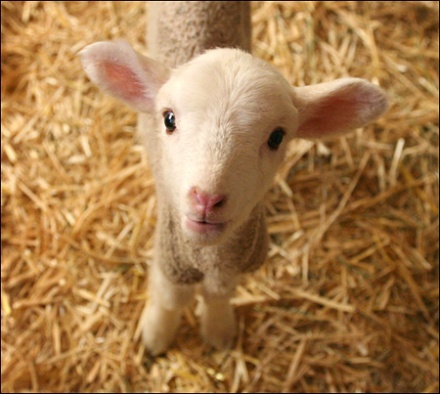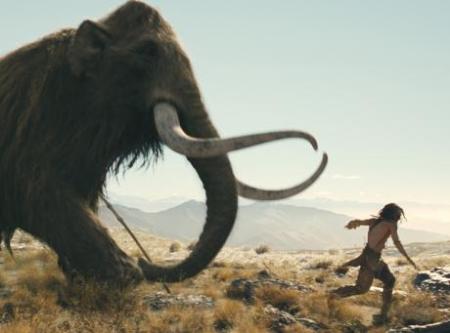Imagine dipping your hands into a home made concoction for two to four hours in the hope that your nails might resemble a different shade. That’s what the Ancient Chinese did in 3000 BC. They made a mixture of egg whites, bee’s wax, gelatin and gum arabic, with roses or other flower petals added to give the desired colour.
At the same time, in Egypt, women were dying their nails using strawberries or henna among other things. The richness of nail colour signified social status, and the lower classes were only permitted to colour their nails in pale shades. The wealthy and higher classes had more choice. Cleopatra usually painted her nails in a dark red shade.
In 600AD, the tradition of colour selection for class continued. In China during this century people of the highest classes and royalty painted their nails silver and gold, which were the royal colours. The lower classes were not allowed to paint their nails at all, and if an individual was discovered with painted nails, this violation would result in punishment in the form of death.
At the beginning of the 19th century, nails were buffed with a chamois cloth and tinted with scented red oils. The idea of smooth, shiny nails became more favourable than simply painted nails during this century and people would additionally rub scented and tinted powders into their nails after polishing them.
The first modern nail polish was developed to coincide with the progress of paint used for cars. This relationship was important as it accounted for factors previously not considered such as the moving and changing of the nail shape as it grows. The paint for cars was also being designed not to crack or flake under extreme circumstances, and if you think about what you put your nails through every day, well, you can see the logic.
Psychiatrists once considered nail polish to be unhealthy and a form of self-mutilation. This theory was disproved in the end – it would be very concerning if it wasn’t as there would be a lot of people out their getting their nails ‘mutilated’ with friends each day.











